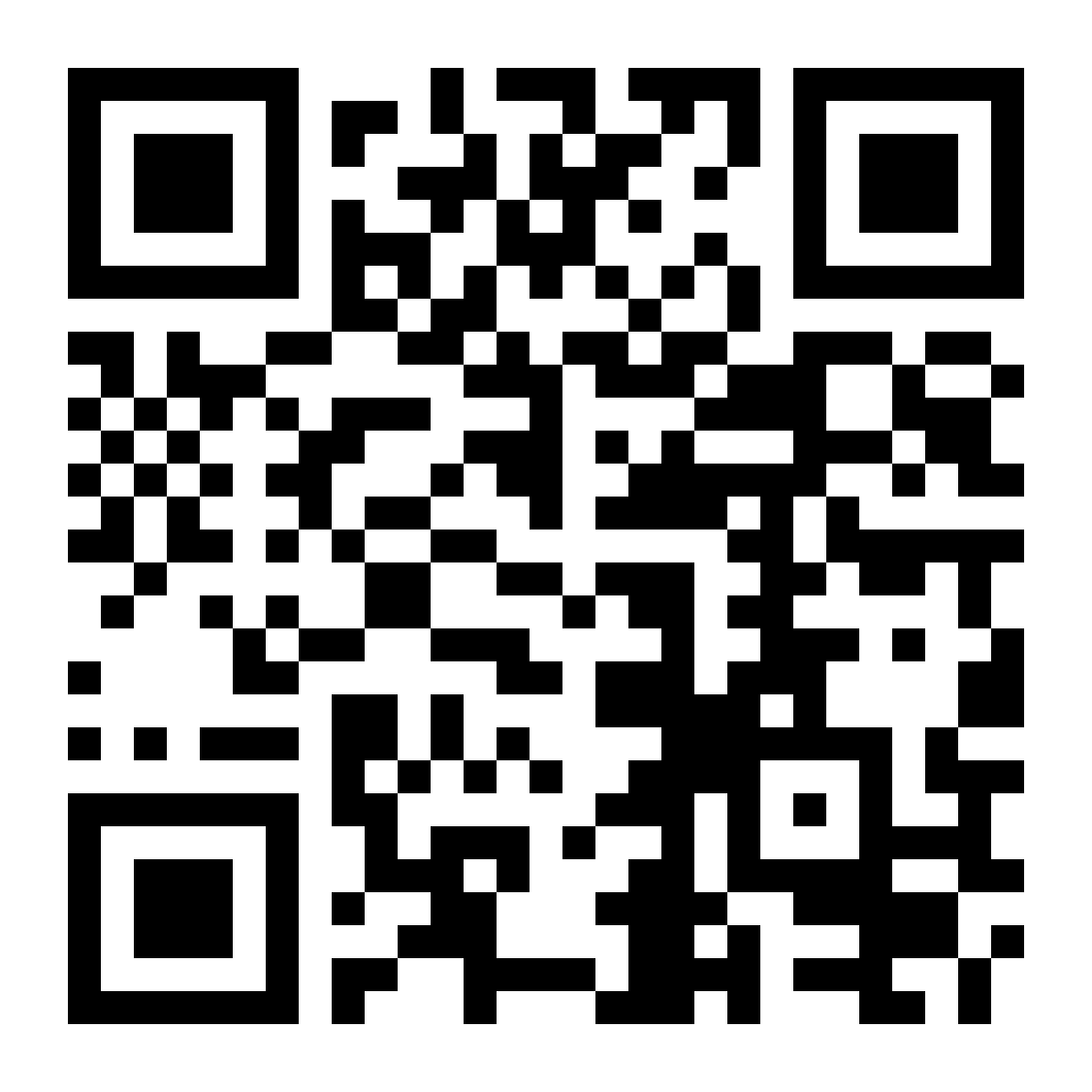Navigating income tax filing can be a daunting task, especially with the introduction of the new tax regime. Many taxpayers often wonder if they can switch between the old and new tax regimes while filing their Income Tax Return (ITR). This decision can significantly impact your tax liability, making it crucial to understand the rules and processes involved. Whether you are a salaried employee or a business professional, this guide will help you make informed choices about changing your tax regime during ITR filing.
How to Change Tax Regime While Filing Your ITR
You can change your tax regime while filing ITR. Salaried people can switch yearly. Business/professionals can move to old regime once via Form 10-IEA.
Introduction
Can You Change Your Tax Regime in ITR Filing?
Conditions for Switching Regimes
The ability to switch tax regimes depends on specific conditions set by the Income Tax Department. Salaried individuals can opt for either the old or new tax regime every financial year while filing their ITR, provided they inform their employer in advance. However, business professionals who opt for the new tax regime must stick to it unless they decide to revert to the old regime permanently. Once reverted, they cannot switch back to the new regime. This flexibility for salaried taxpayers is designed to accommodate varying financial situations year-on-year.
Who Is Allowed to Make the Switch?
Salaried employees and pensioners have the freedom to choose between the old and new tax regimes annually during ITR filing. However, business professionals face stricter rules. If they opt for the new tax regime, they can switch back to the old regime only once, after which they cannot return to the new regime. It is essential to assess your eligibility and financial goals before making this decision. For salaried individuals, informing your employer about your choice is crucial, as it impacts your TDS calculations.
Difference Between Old and New Tax Regime
Tax slab comparison
The old tax regime follows a progressive tax structure with multiple slabs ranging from 5% to 30%, depending on your income. The new tax regime, introduced in FY 2020-21, offers lower tax rates, starting at 5% and going up to 30%, but without most deductions and exemptions. For instance:
- Old Tax Regime:
- Income up to Rs. 2.5 lakh – No tax
- Income between Rs. 2.5 lakh and Rs. 5 lakh – 5%
- Income between Rs. 5 lakh and Rs. 10 lakh – 20%
- Income above Rs. 10 lakh – 30%
- New Tax Regime:
- Income up to Rs. 2.5 lakh – No tax
- Income between Rs. 2.5 lakh and Rs. 5 lakh – 5%
- Income between Rs. 5 lakh and Rs. 7.5 lakh – 10%
- Income between Rs. 7.5 lakh and Rs. 10 lakh – 15%
- Income between Rs. 10 lakh and Rs. 12.5 lakh – 20%
- Income above Rs. 15 lakh – 30%
Deductions and exemptions allowed
The old tax regime allows taxpayers to claim several deductions and exemptions, such as:
- Standard deduction of Rs. 50,000 for salaried individuals.
- Section 80C deductions up to Rs. 1.5 lakh for investments in ELSS, PPF, and other schemes.
- Exemptions like HRA, LTA, and deductions under Section 80D for health insurance premiums.
The new tax regime, on the other hand, simplifies tax calculations by removing most deductions and exemptions. While this regime offers lower tax rates, it does not allow deductions under Section 80C, 80D, or exemptions like HRA. It is ideal for individuals with minimal investments or those who prefer straightforward tax calculations.
Curious about the Highest Taxpayer in India? Check the details here.
Step-by-Step Process to Change Tax Regime in ITR
Required documents and information
To switch tax regimes while filing your ITR, ensure you have the following documents and information ready:
- Form 16 from your employer, detailing your salary and TDS.
- Details of income from other sources, such as interest income.
- Investment proofs for deductions under the old regime (if applicable).
- Form 10IE or Form 10IEA, depending on the regime you are opting for.
Which ITR forms support regime change?
Taxpayers can choose their preferred regime using specific ITR forms. Salaried individuals typically file ITR-1 or ITR-2, while business professionals use ITR-3 or ITR-4. If you are switching to the new tax regime, filing Form 10IE is mandatory. Ensure you complete this form before filing your ITR to avoid discrepancies.
Important Rules for Salaried and Business Taxpayers
Switching rules for salaried employees
Salaried taxpayers can switch between the old and new tax regimes every financial year. However, they must inform their employer about their choice at the beginning of the financial year. If you fail to do so, your employer will calculate TDS based on the default regime. You can make the final switch while filing your ITR, regardless of the regime chosen for TDS purposes.
Switching rules for business professionals
Business professionals face stricter rules when switching regimes. If you opt for the new tax regime, you can revert to the old regime only once. After switching back, you cannot choose the new regime again. This rule ensures consistency and prevents frequent changes that could complicate tax calculations. It is advisable to consult a tax professional before making this decision.
Key Deadlines and Filing Tips
When to inform employer vs ITR declaration
Salaried employees must inform their employer about their preferred tax regime at the start of the financial year. However, the final declaration can be made while filing your ITR. Business professionals must decide their regime at the beginning of the financial year and adhere to the rules for switching. Be mindful of deadlines to avoid last-minute errors.
Mistakes to avoid while switching regimes
- Failing to file Form 10IE for the new tax regime.
- Not informing your employer about your choice, leading to incorrect TDS calculations.
- Choosing a regime without assessing your financial goals and tax liability.
- Missing the deadline for filing ITR, which could result in penalties.
Frequently Asked Questions
To opt for the old tax regime, you can file the relevant ITR form based on your income source (e.g., ITR-1 for salaried individuals). No additional forms are required for the old regime.
The new tax regime does not allow most deductions and exemptions, such as Section 80C, 80D, and HRA. However, it offers lower tax rates, making it suitable for taxpayers with minimal investments.
Form 10IE is used by taxpayers opting for the new tax regime, while Form 10IEA is used for switching back to the old regime. Filing these forms is mandatory to declare your choice.
No, you cannot switch tax regimes after filing your ITR. Ensure you choose the appropriate regime and file the required forms before submitting your return.
Related Articles
Related Videos
Bajaj Finserv App for All Your Financial Needs and Goals
Trusted by 50 million+ customers in India, Bajaj Finserv App is a one-stop solution for all your financial needs and goals.
You can use the Bajaj Finserv App to:
Apply for loans online, such as Instant Personal Loan, Home Loan, Business Loan, Gold Loan, and more.
- Explore and apply for co-branded credit cards online.
- Invest in fixed deposits and mutual funds on the app.
- Choose from multiple insurance for your health, motor and even pocket insurance, from various insurance providers.
- Pay and manage your bills and recharges using the BBPS platform. Use Bajaj Pay and Bajaj Wallet for quick and simple money transfers and transactions.
- Apply for Insta EMI Card and get a pre-approved limit on the app. Explore over 1 million products on the app that can be purchased from a partner store on Easy EMIs.
- Shop from over 100+ brand partners that offer a diverse range of products and services.
- Use specialised tools like EMI calculators, SIP Calculators
- Check your credit score, download loan statements, and even get quick customer support—all on the app.
Download the Bajaj Finserv App today and experience the convenience of managing your finances on one app.
Download App
Now request money from your friends and family and make instant payments.

- 1. Apply for Loans: Choose from personal, business, gold loans and more
- 2. Transact: Pay utility bills, use UPI, get FASTag and more
- 3. Shop: Buy over 1 million products on No Cost EMI
- 4. Invest: Buy stocks, mutual funds and invest in FD



















